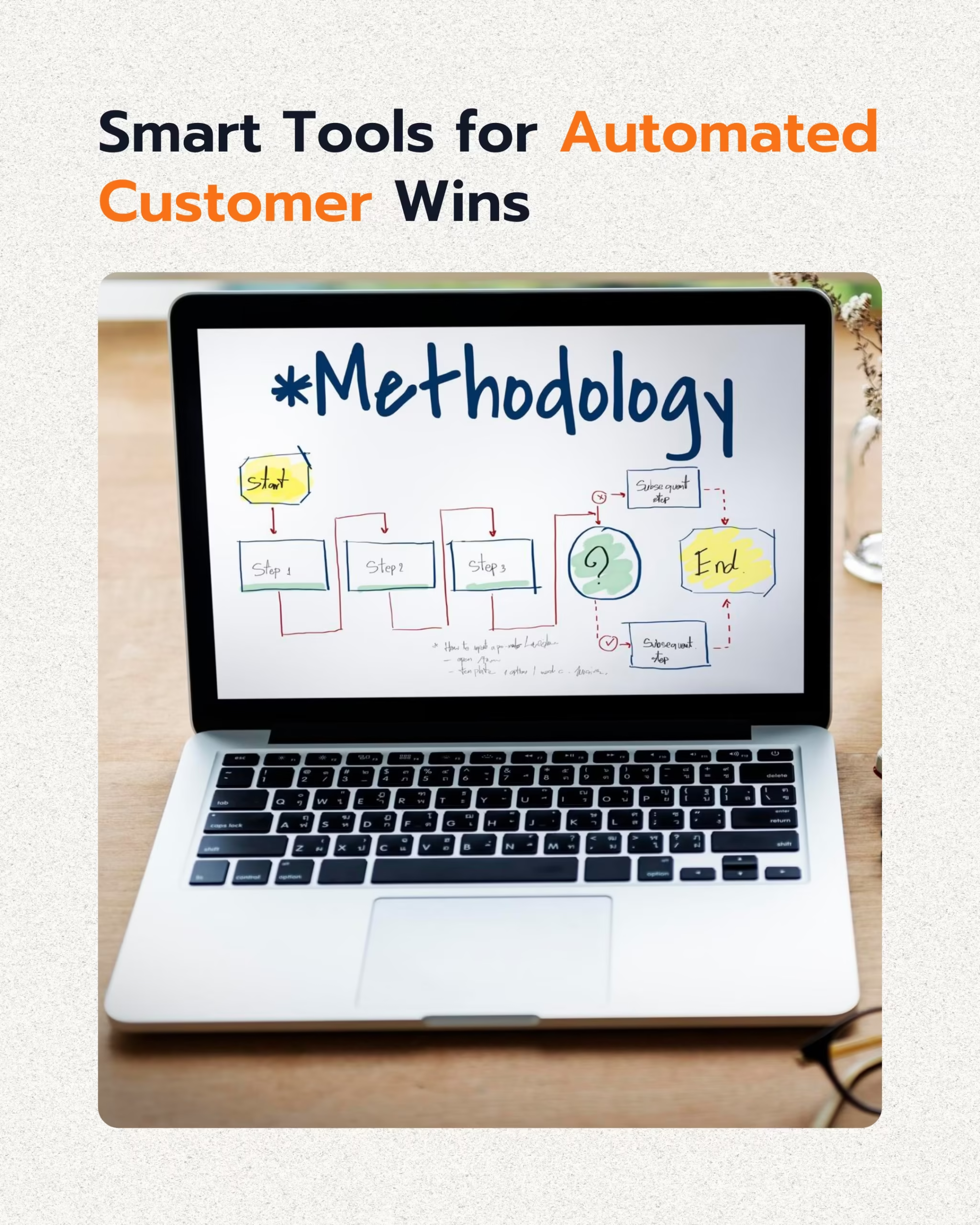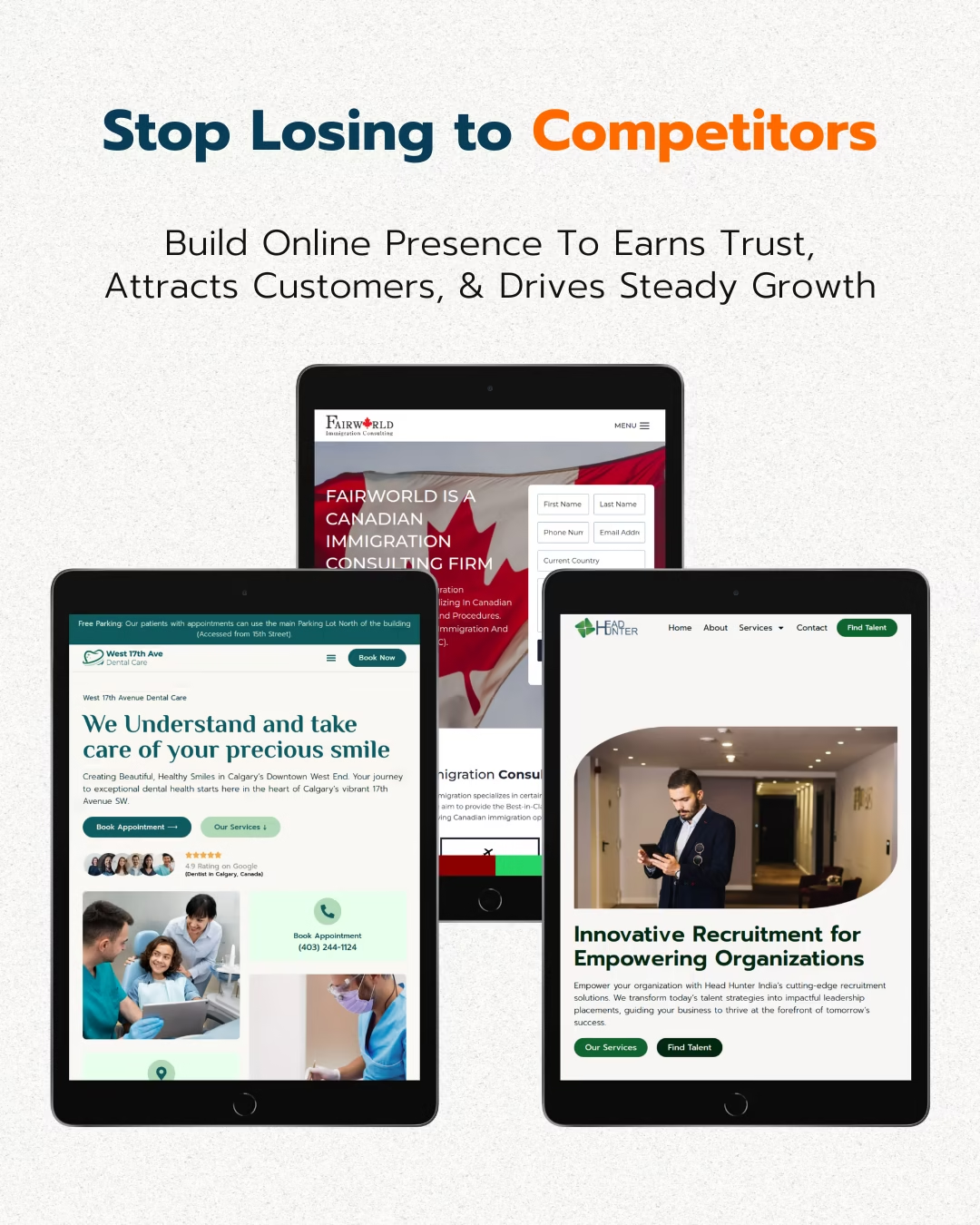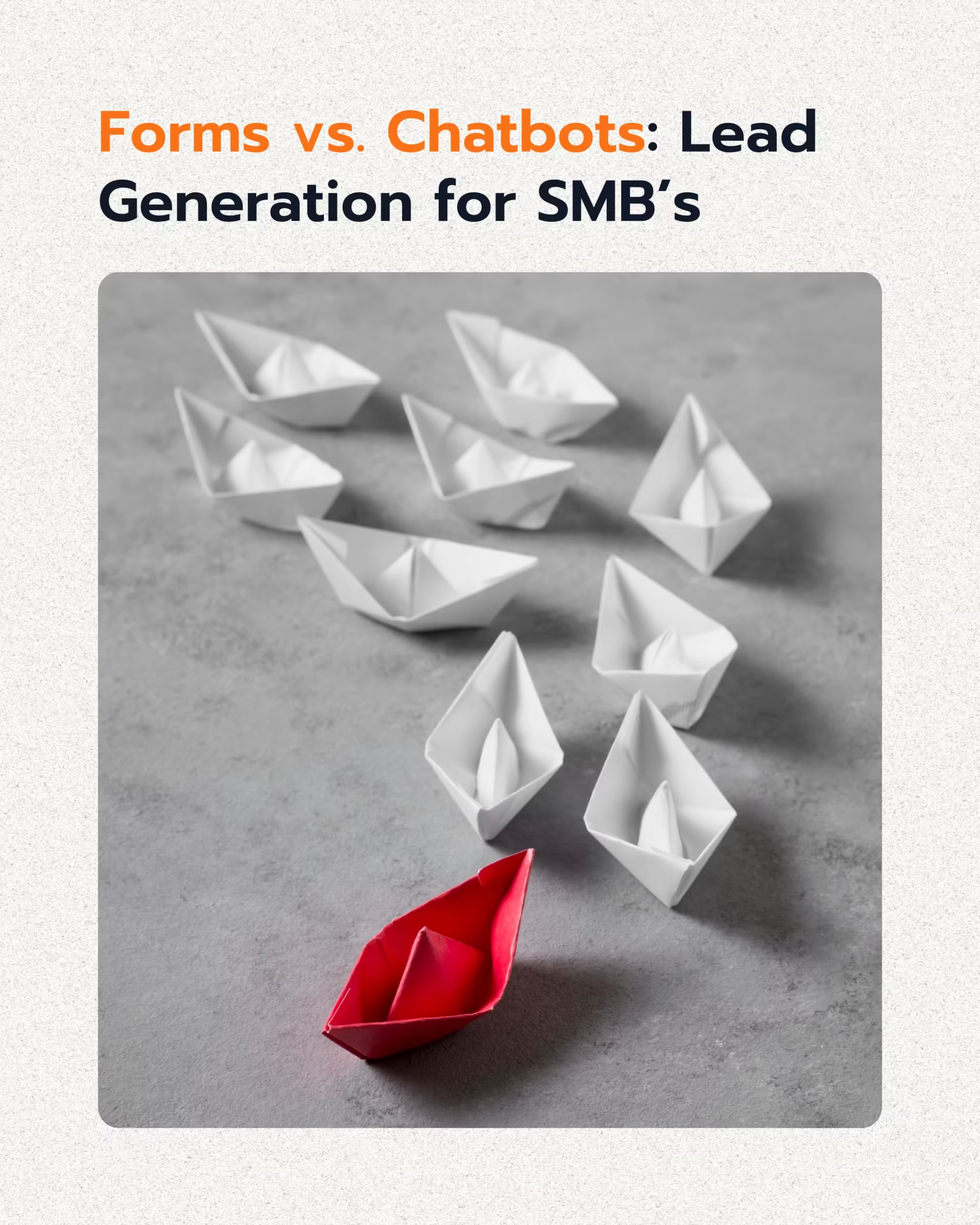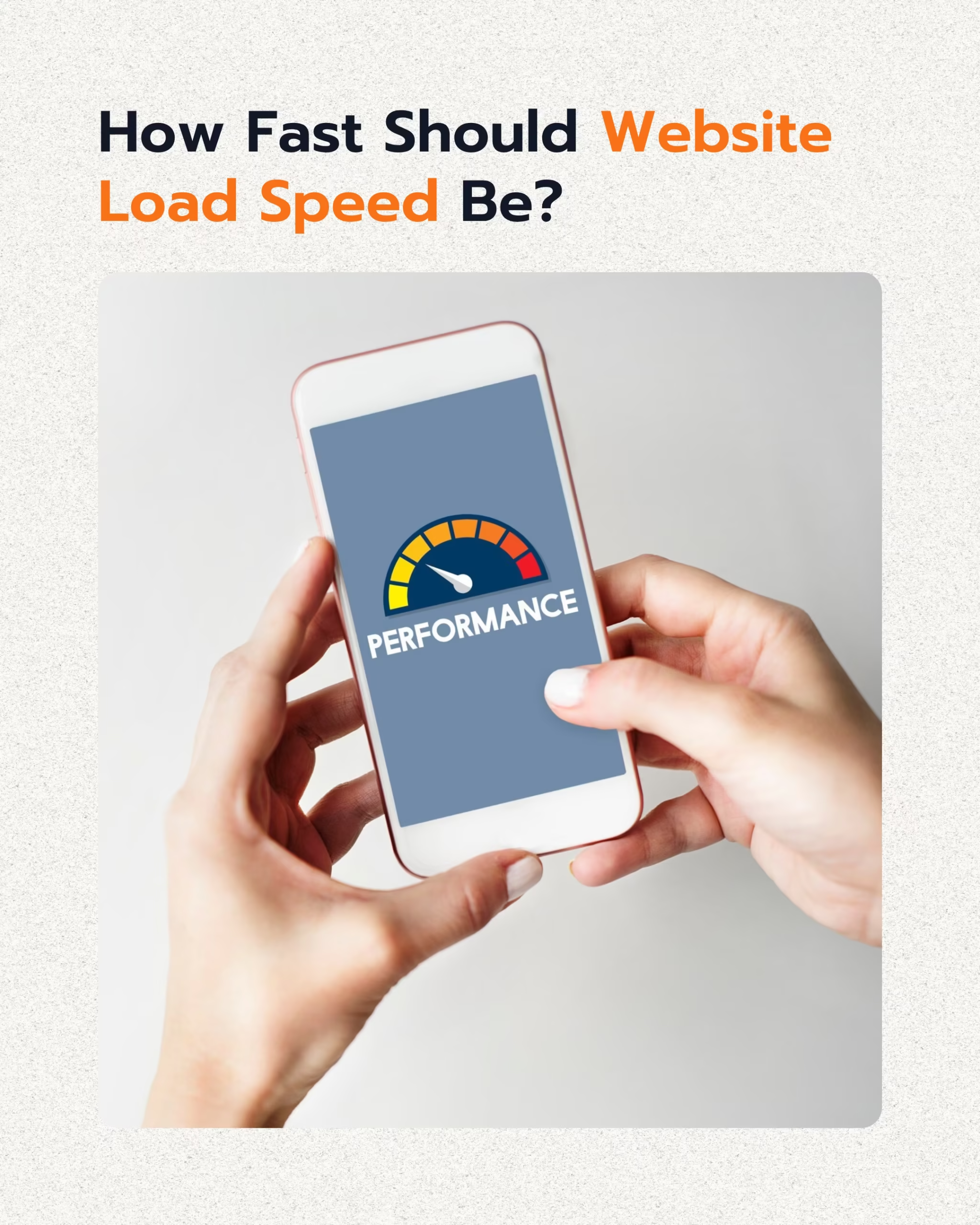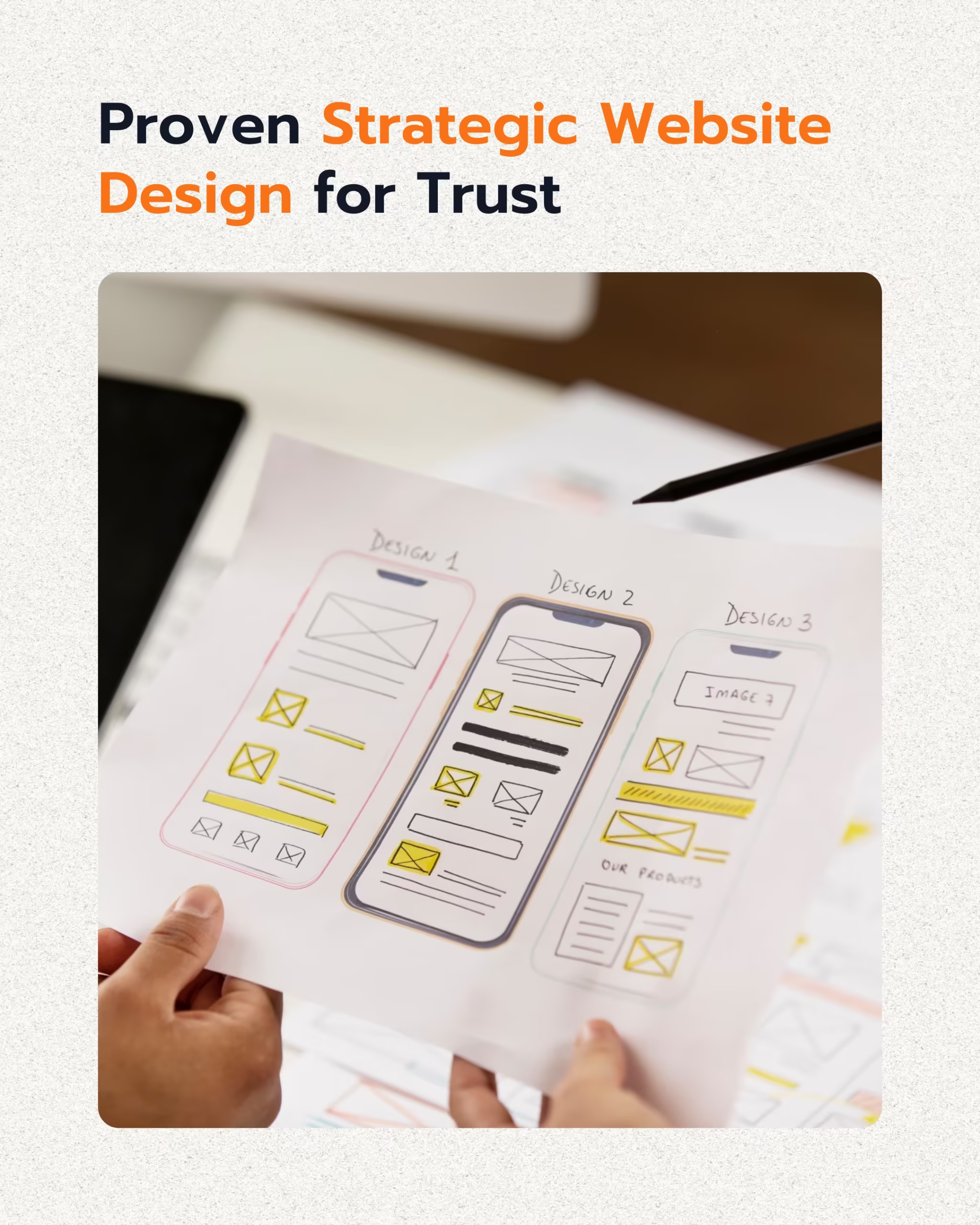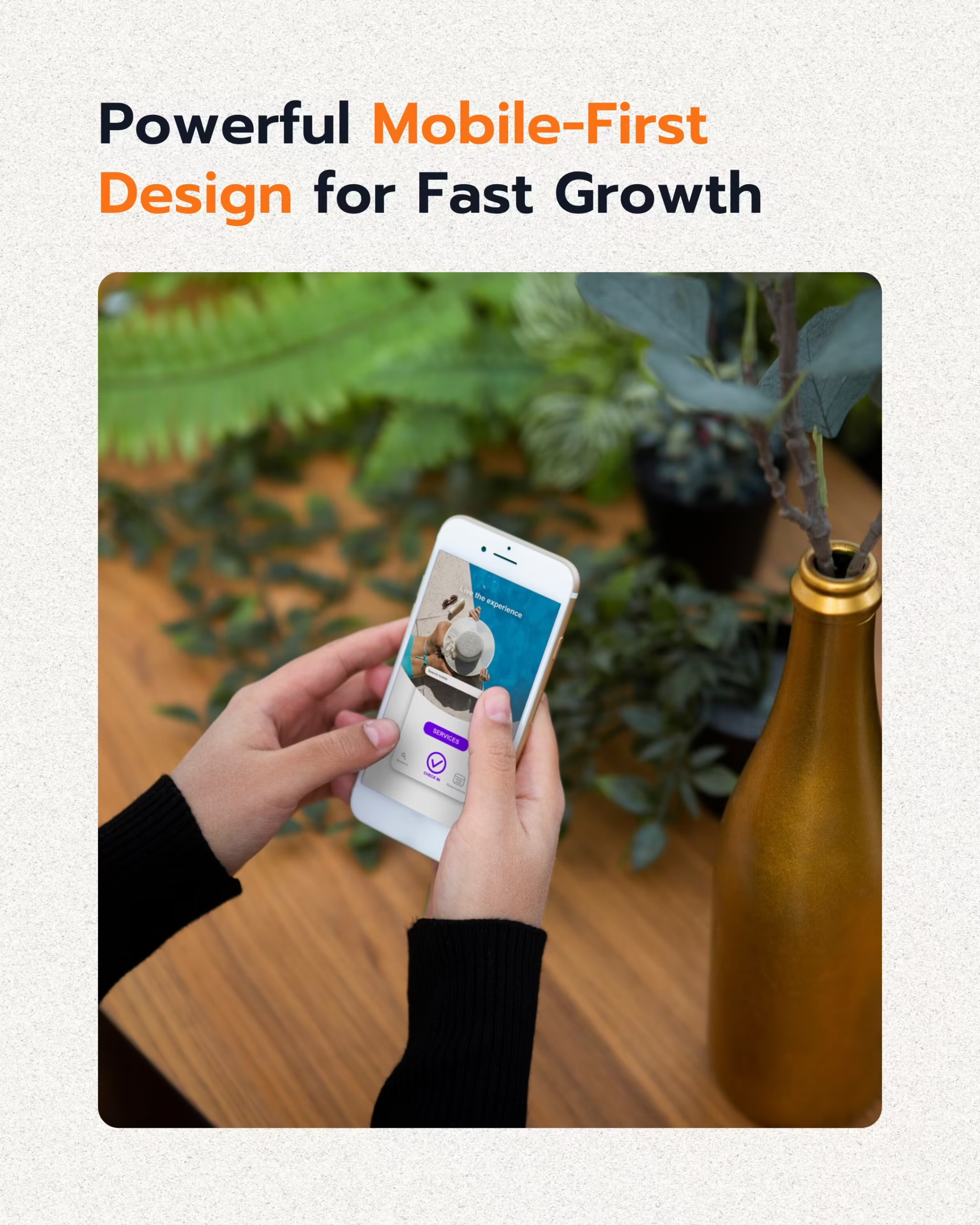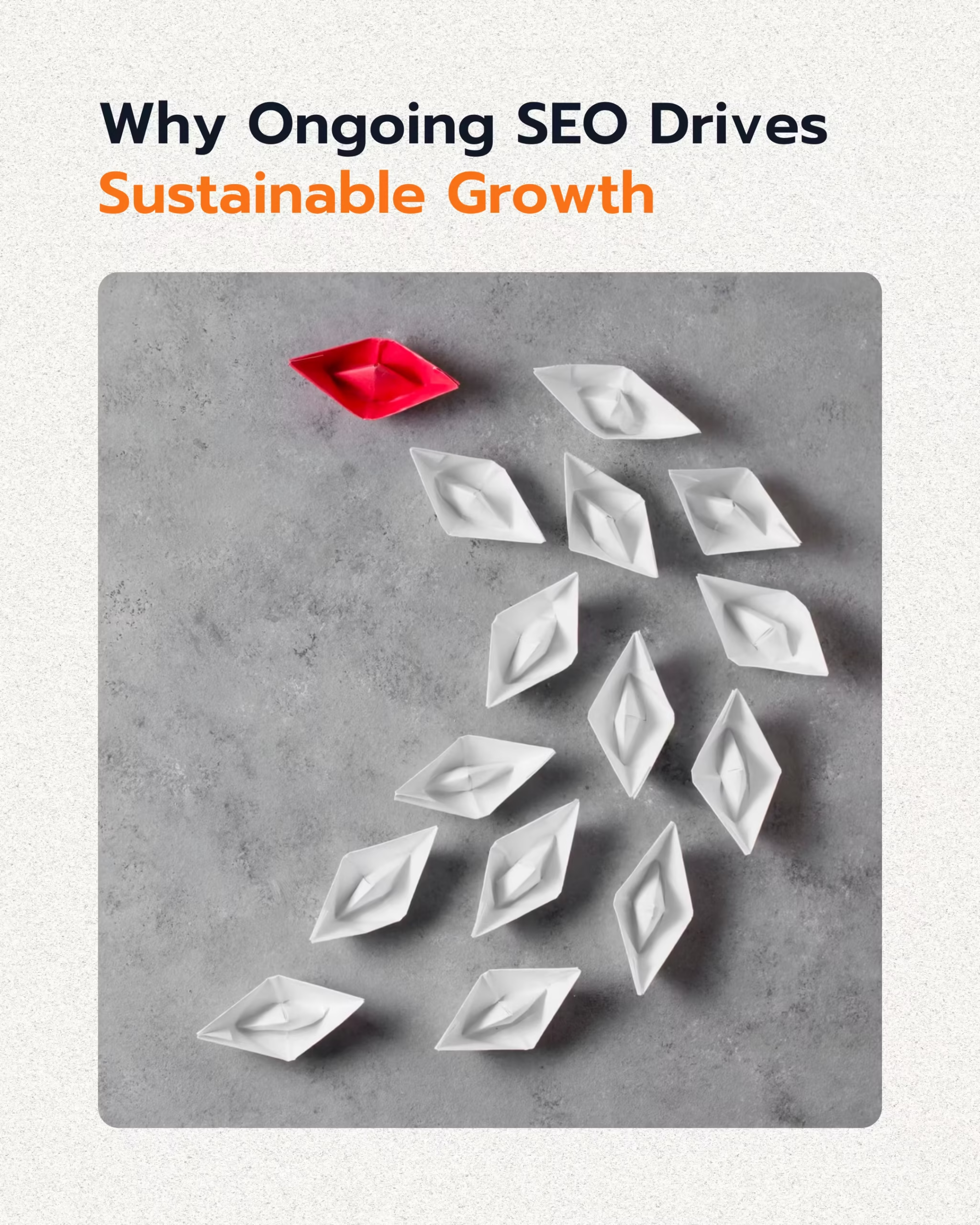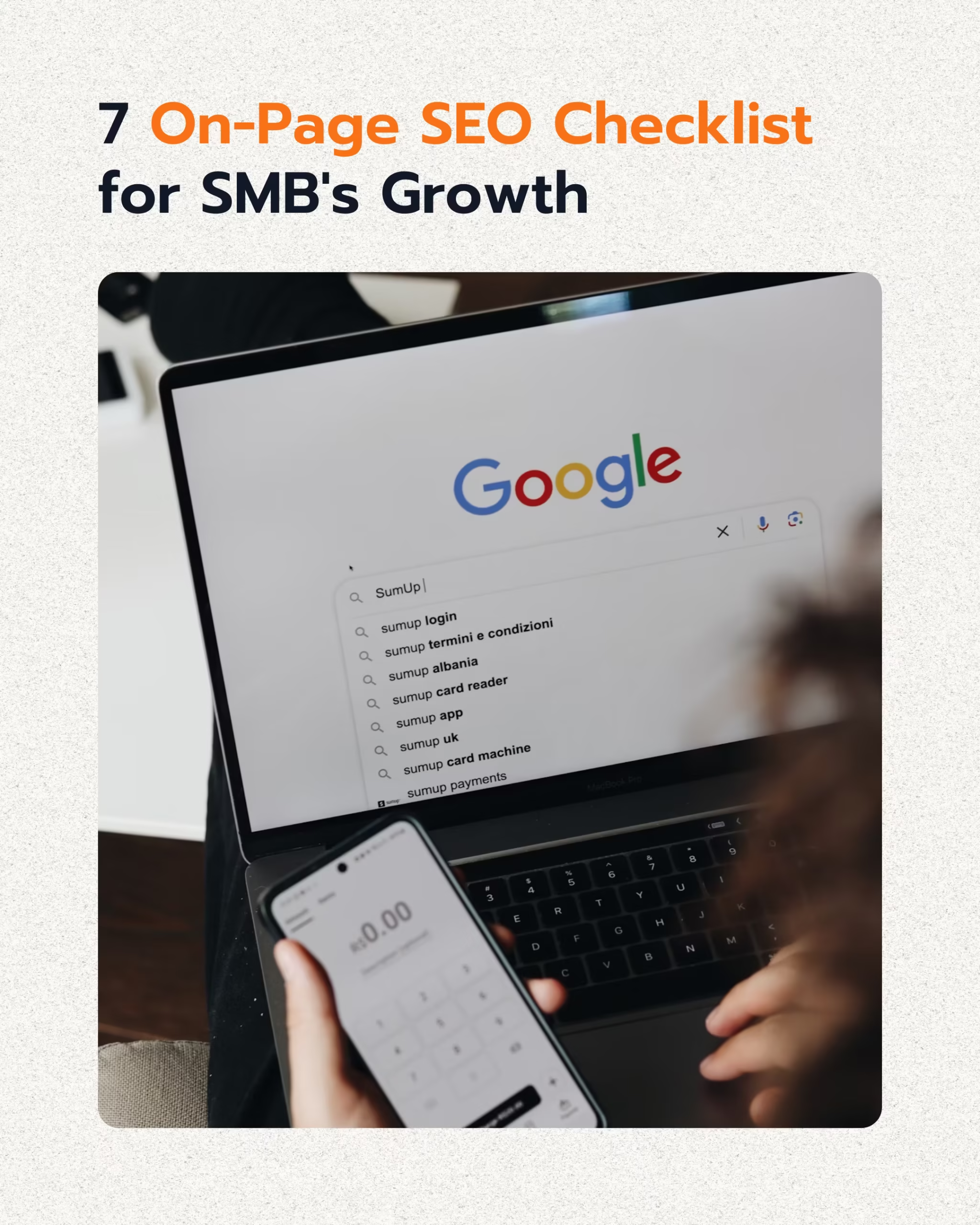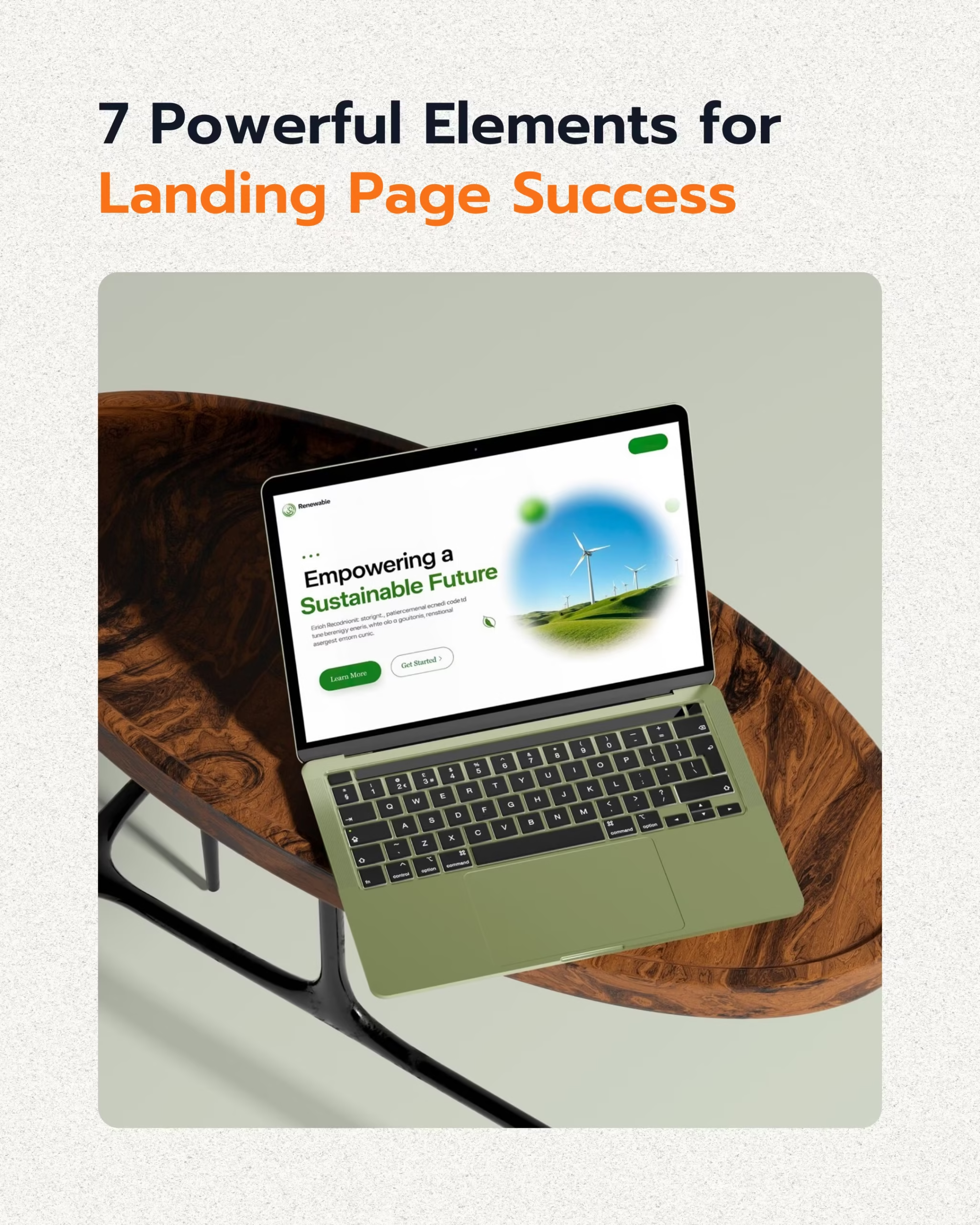Automated customer follow-up strategies are crucial for enhancing online visibility and boosting conversions. Businesses must leverage analytics, email marketing, and long-term planning to stay competitive. This approach ensures timely, personalized interactions that convert prospects into loyal customers efficiently.
Implementing these strategies helps businesses streamline operations, reduce administrative burdens, and focus on strategic growth. The integration of AI in marketing, specifically for follow-ups, represents a significant shift towards more intelligent and responsive customer engagement.
Analytics-Driven Personalization
Effective automated customer follow-up begins with robust analytics. Understanding customer behavior, preferences, and interaction patterns allows for highly personalized communication. This data-driven approach moves beyond generic messages, tailoring content and timing to individual needs.
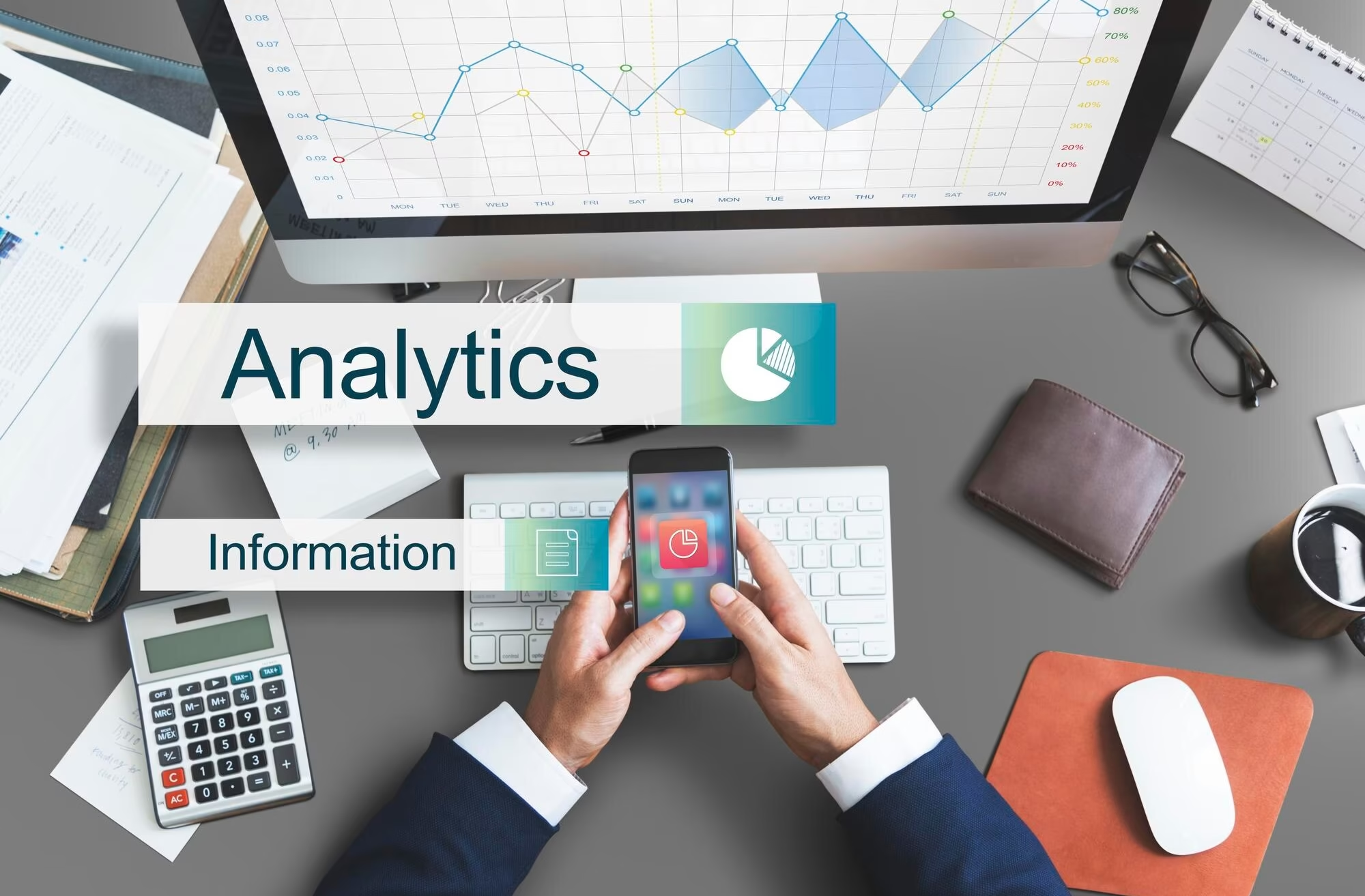
Understanding Customer Journeys with Data
Analyzing customer journeys helps identify critical touchpoints and potential drop-off points. For example, tracking website visits, content downloads, and previous purchases provides insights into where a customer is in their decision-making process. Leads contacted within 5 minutes are 10 times more likely to convert, highlighting the importance of real-time analytics for prompt follow-up, as reported by Kixie.
Key Analytics for Personalization
- Behavioral Data: Track website activity, email opens, clicks, and content consumption. This data informs what content to send next.
- Demographic Data: Understand age, location, industry, and job title to segment audiences and tailor messaging.
- Purchase History: Use past purchases to recommend complementary products or services, increasing customer lifetime value.
- Engagement Metrics: Monitor response rates, conversion rates, and time spent on pages to refine follow-up sequences.
Implementing Analytics for Automated Follow-Ups
Businesses use CRM systems with automation features to manage their pipelines effectively. For instance, 65% of sales professionals rely on these systems, according to RepOrderManagement. This integration allows for automated lead enrichment and data syncing, saving sales reps significant time. On average, 19% of a sales rep’s time is spent updating CRMs, time that automation can reclaim, as noted by Kixie.
| Metric | Impact of Automation | Source |
|---|---|---|
| Productivity Increase | 10–14.5% | RepOrderManagement, Growth List |
| CRM Time Saved | 19% of rep’s time | Kixie |
| Lead Qualification Success | 451% increase | Growth List |
Email Marketing Automation Strategies
Email marketing remains a cornerstone of automated customer follow-up. Crafting strategic email sequences, triggered by specific customer actions, ensures consistent engagement and guides prospects through the sales funnel. This approach scales personalization without requiring manual intervention for every interaction.
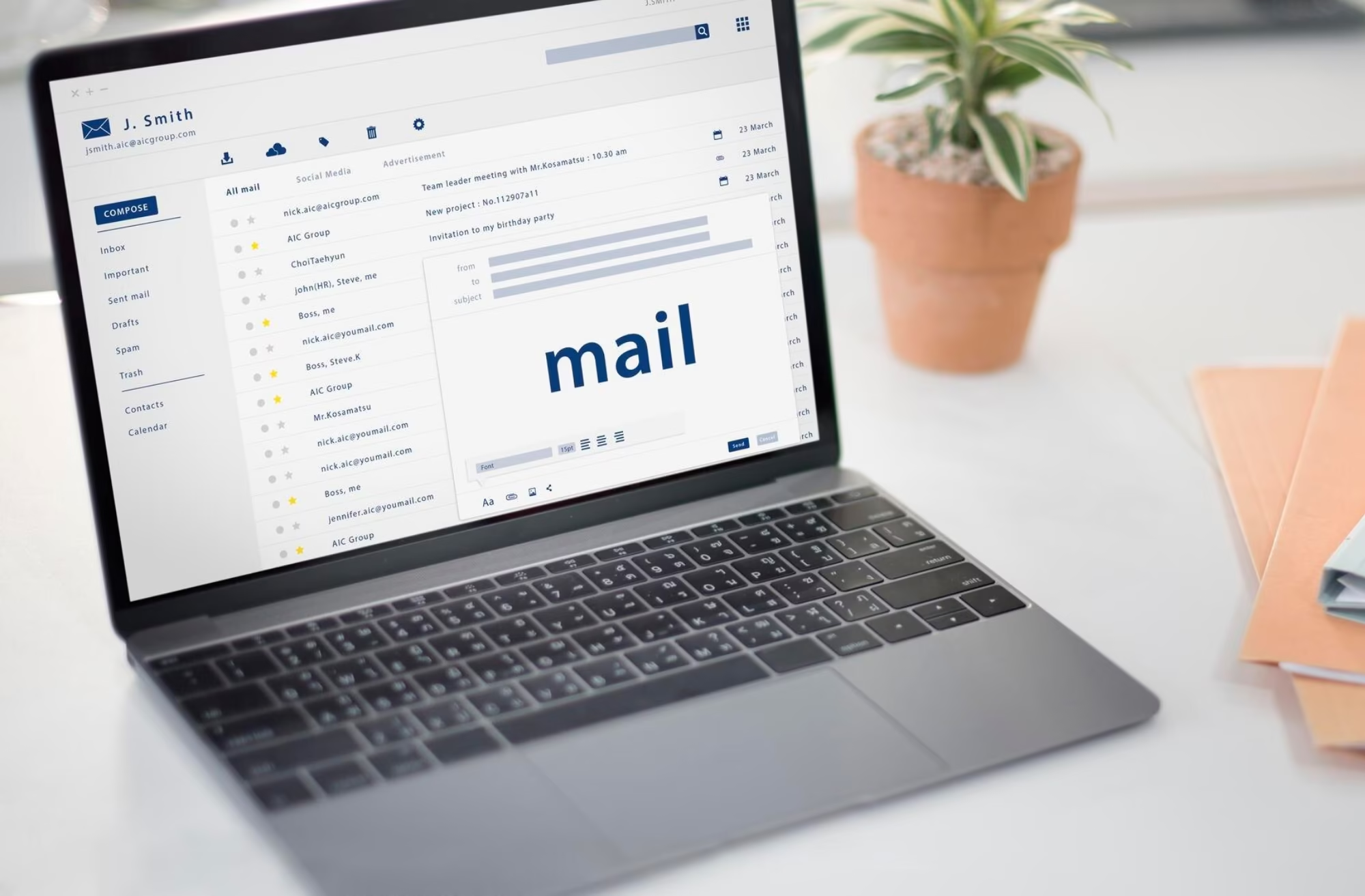
Designing Effective Automated Email Sequences
Multi-touch sequences are highly effective. A CPA firm, for example, used a 24-touch follow-up system with AI personalization to generate $99,617 in profit, capturing 90% of unconverted website visitors, as detailed by AutomationLinks. These sequences should focus on delivering value at each step, building trust and nurturing the relationship.
Types of Automated Email Sequences
- Welcome Series: Introduce new subscribers to your brand, products, and value proposition.
- Nurture Campaigns: Provide educational content, case studies, and testimonials to move leads through the funnel.
- Abandoned Cart Reminders: Prompt customers to complete purchases they initiated, often with incentives.
- Post-Purchase Follow-ups: Request reviews, offer support, and suggest related products to foster loyalty.
- Re-engagement Campaigns: Target inactive subscribers with special offers or valuable content to bring them back.
Best Practices for Email Automation
Automated email outreach yields a 250% increase in response rates compared to manual outreach, according to RepOrderManagement. To maximize this, integrate email automation with your CRM. This allows for behavior-based follow-ups, such as sending personalized messages when a customer downloads a resource or visits a pricing page, a strategy highlighted by Nimble.
- Segment Audiences: Tailor content to specific segments based on their behavior and demographics.
- Personalize Content: Use dynamic fields to insert names, company details, and relevant product suggestions.
- Optimize Send Times: Use analytics to determine when your audience is most likely to open and engage with emails.
- A/B Test Elements: Experiment with subject lines, call-to-actions, and email content to improve performance.
AI in Marketing Solutions for Follow-Ups
AI in marketing transforms automated customer follow-up by enabling deeper personalization, predictive insights, and efficient content generation. These AI in marketing solutions move beyond rule-based automation, adapting to individual customer behaviors in real-time, which is a key AI in marketing trend.
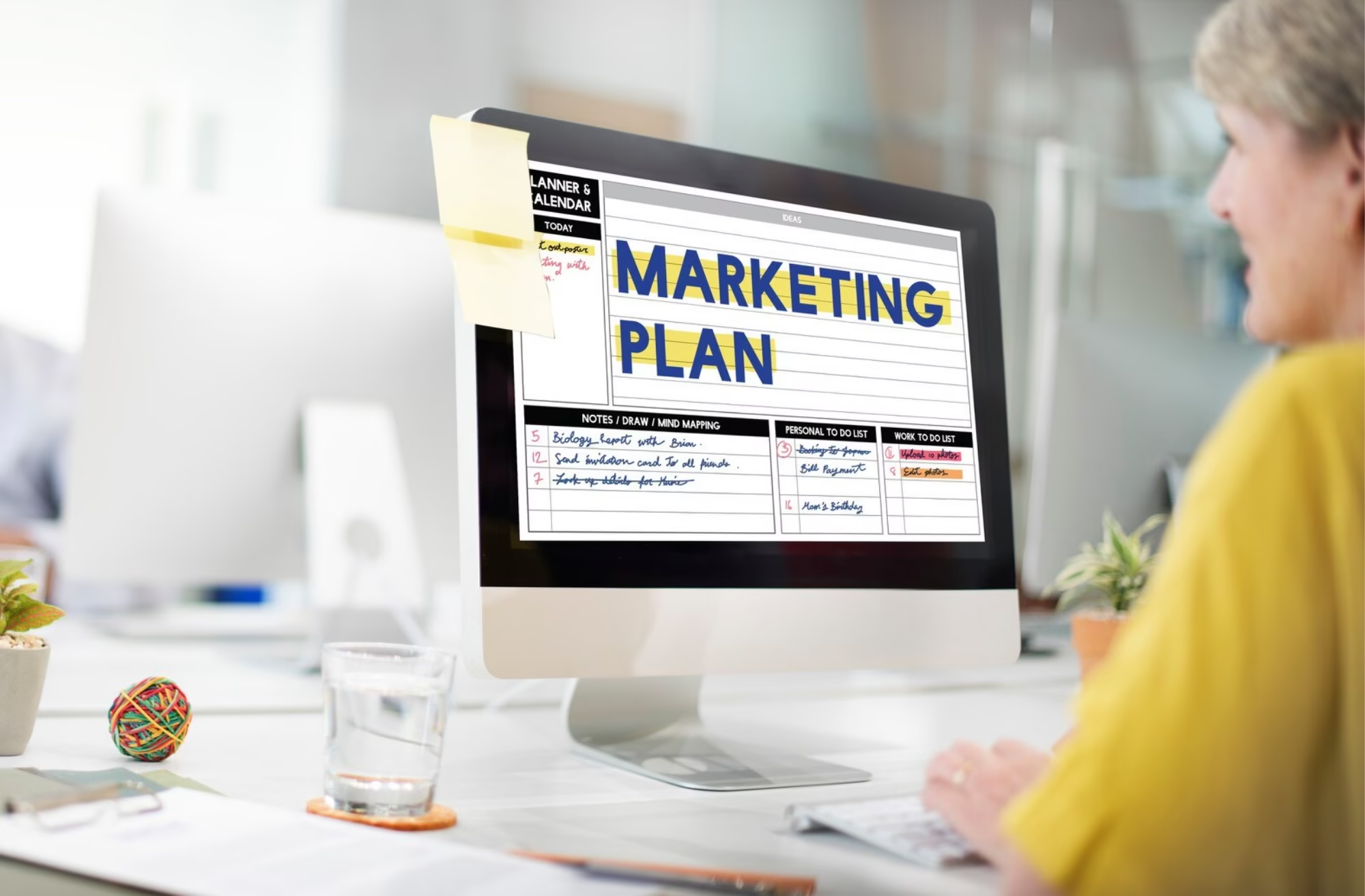
Leveraging AI for Enhanced Follow-Up
AI can analyze historical data to identify optimal send times, ensuring follow-ups are delivered when they are most effective, as noted by Big Sur AI. Natural Language Processing (NLP) can generate personalized content that resonates with recipients, making automated messages feel more human. This combination of AI and human judgment improves engagement significantly.
AI in Marketing Best Practices for Follow-Ups
- Predictive Analytics: Forecast customer needs and behaviors to trigger proactive follow-ups. For instance, AI can predict churn risk and initiate re-engagement sequences.
- Dynamic Content Generation: AI tools can create varied email subject lines, body copy, and call-to-actions, optimizing for individual preferences.
- Sentiment Analysis: Understand the emotional tone of customer interactions to tailor follow-up responses, ensuring empathy and relevance.
- Chatbot Integration: By the end of 2025, 80% of businesses will have implemented chatbot automation for customer interactions, according to Nextiva. These chatbots can handle initial follow-up queries, providing instant responses.
Impact of AI on Customer Service and Sales
Two-thirds of all customer service tasks and up to 70% of customer contacts could be automated with modern AI solutions, as reported by Nextiva. This automation reduces inquiry volumes by up to 70% and cuts handling times by about 80%, increasing agent productivity by 10–20%, according to Big Sur AI. This efficiency directly impacts the speed and quality of customer follow-ups.
Companies like Intuit have enhanced customer service with AI-powered knowledge bases, improving scalability during peak periods, as highlighted by Crescendo.ai. This demonstrates the practical application of AI in marketing solutions for improving customer experience and follow-up efficiency.
Long-Term Planning for Sustainable Growth
Automated follow-up strategies are not just for short-term gains; they are integral to long-term business growth and online visibility. Strategic planning ensures that automation evolves with customer needs and market changes, maintaining relevance and effectiveness.
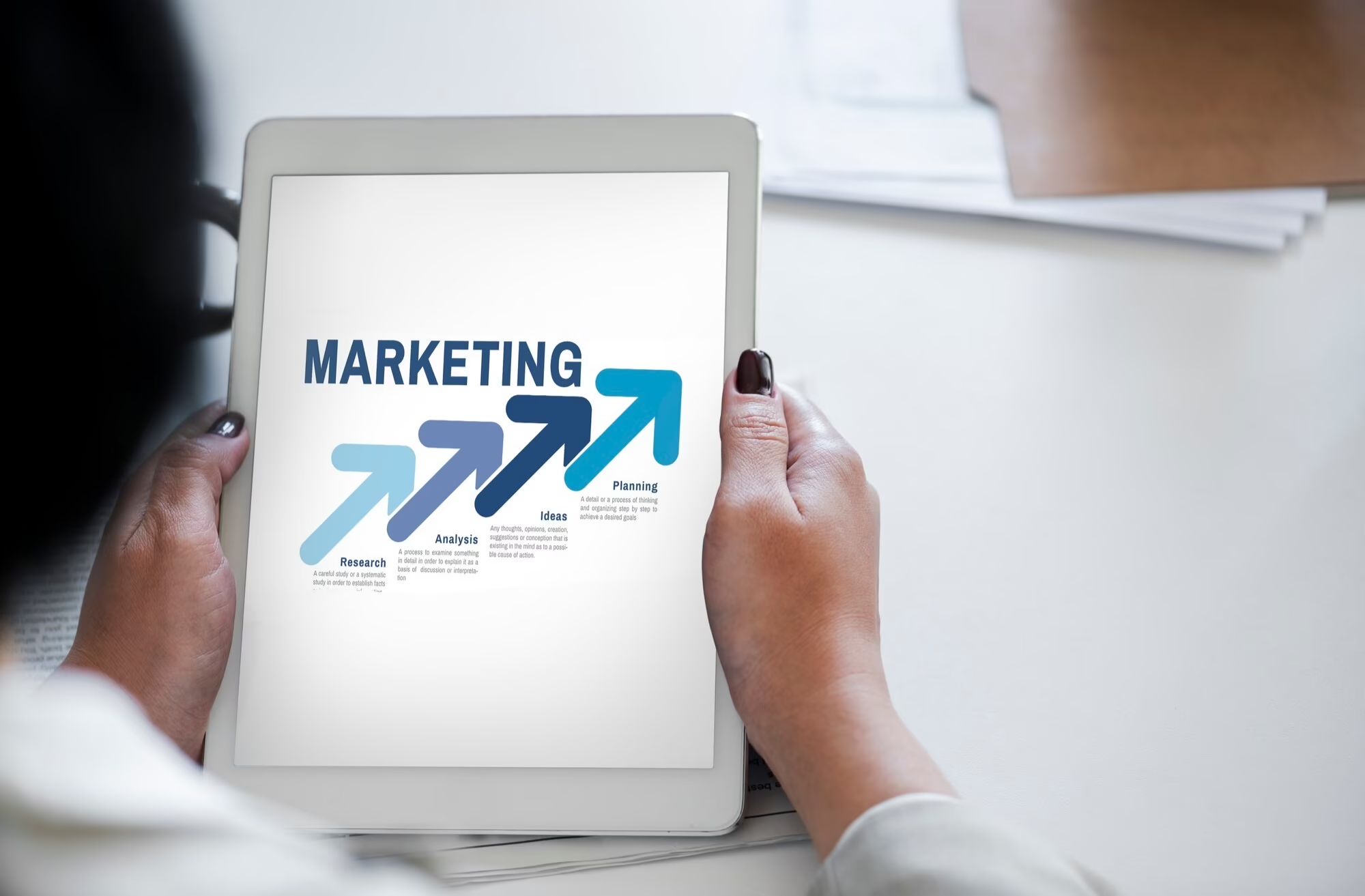
Developing a Long-Term Automation Roadmap
A comprehensive roadmap for automation involves identifying current needs, future goals, and the technologies required to achieve them. This includes planning for scalability and integration with new platforms. For example, 60% of B2B organizations plan to implement conversational AI in 2025 to support their sales automation strategies, according to RepOrderManagement, showcasing a clear long-term trend.
Components of Long-Term Planning
- Technology Stack Evolution: Regularly review and upgrade CRM, marketing automation, and AI tools to stay current.
- Data Governance: Establish clear policies for data collection, storage, and usage to ensure compliance and ethical practices.
- Training and Development: Invest in training staff to manage and optimize automated systems, fostering a culture of continuous improvement.
- Customer Feedback Loops: Implement mechanisms to gather and act on customer feedback, ensuring automation remains customer-centric.
Maintaining Online Visibility with Automation
Automated follow-ups contribute to online visibility by keeping your brand top-of-mind and driving traffic back to your website. Consistent, personalized communication improves engagement metrics, which search engines often consider a signal of content quality and relevance. This helps improve SEO and overall digital presence.
Companies using marketing automation software see a 451% increase in lead qualification success, as reported by Growth List. This success translates into more qualified leads entering the sales pipeline, ultimately boosting conversions and supporting long-term revenue growth.
Measuring ROI and Optimizing Strategies
To ensure automated customer follow-up strategies deliver maximum value, continuous measurement and optimization are essential. This involves tracking key performance indicators (KPIs), analyzing results, and making data-driven adjustments to improve efficiency and effectiveness.

Key Metrics for ROI Measurement
Measuring the return on investment (ROI) for automation involves tracking various metrics. For example, sales teams using automation see a 14.5% average increase in productivity, and those automating follow-ups close deals 20% faster, according to RepOrderManagement. This directly impacts revenue and operational costs.
Essential KPIs for Automated Follow-Ups
- Conversion Rate: The percentage of leads that complete a desired action after receiving automated follow-ups.
- Response Rate: How often customers engage with automated messages, such as opening emails or clicking links.
- Customer Lifetime Value (CLTV): The total revenue a business expects to generate from a customer over their relationship.
- Customer Retention Rate: The percentage of customers who continue to do business with you over a given period.
- Cost Per Acquisition (CPA): The cost of acquiring a new customer, which automation aims to reduce.
Strategies for Continuous Optimization
Begin with high-volume, repetitive tasks for automation, such as ticket triage or email follow-ups. Launch pilot projects, measure results, and then scale successful initiatives, as advised by Big Sur AI. This iterative process allows for constant refinement and adaptation.
- A/B Testing: Continuously test different elements of your follow-up sequences, including subject lines, content, and call-to-actions.
- Feedback Analysis: Analyze customer feedback to identify areas for improvement in automated communications.
- Segmentation Refinement: Adjust audience segments based on new data and insights to ensure messages remain highly relevant.
- Workflow Audits: Regularly review automated workflows to ensure they are still aligned with business goals and customer expectations.
By focusing on these optimization strategies, businesses can ensure their automated follow-up systems remain efficient, effective, and contribute significantly to online visibility and conversion goals.
Frequently Asked Questions (FAQ)
How do I start implementing automated customer follow-up strategies?
Start by identifying repetitive customer interactions that can be automated, such as welcome emails or abandoned cart reminders. Choose a reliable marketing automation platform, integrate it with your CRM, and define clear goals for your first few sequences. Begin with a pilot project to test effectiveness. For example, focus on high-volume tasks like ticket triage or email follow-ups, then measure results and scale, as suggested by Big Sur AI.
What are the main benefits of using AI in marketing for customer follow-ups?
AI in marketing offers enhanced personalization, predictive timing, and efficient content generation for follow-ups. It helps analyze data to determine optimal send times and uses NLP to craft personalized messages. This leads to increased engagement and higher conversion rates. For example, AI can reduce customer service inquiry volumes by up to 70% and cut handling times by about 80%, according to Big Sur AI.
Why should small businesses invest in automated follow-up systems?
Small businesses should invest in automation to save time, improve customer response times, and scale their operations. Automation helps manage leads efficiently, ensures no customer falls through the cracks, and provides a professional image. Companies using CRM systems are 29% more likely to hit sales quotas, as reported by Growth List.
When is the best time to send automated follow-up emails?
The best time to send automated follow-up emails depends on customer behavior and analytics. Leads contacted within 5 minutes are 10 times more likely to convert, according to Kixie. Use AI and analytics to identify optimal send times based on historical engagement data, ensuring messages arrive when recipients are most receptive. Behavioral triggers, like a website visit or abandoned cart, should prompt immediate follow-ups.
What role does long-term planning play in automated follow-up strategies?
Long-term planning ensures that automated follow-up strategies remain relevant and scalable as your business grows. It involves anticipating future technological needs, planning for data governance, and continuously optimizing workflows. This strategic foresight helps maintain consistent customer engagement. For example, 60% of B2B organizations plan to implement conversational AI in 2025 to support sales automation, as per RepOrderManagement.
How can automated follow-ups improve online visibility?
Automated follow-ups enhance online visibility by driving consistent engagement and traffic to your website. Personalized communication keeps your brand top-of-mind, leading to more direct visits and improved search engine rankings due to higher engagement metrics. This consistent interaction builds brand authority and presence across digital channels.
What are common mistakes to avoid when automating customer follow-ups?
Avoid generic messaging, over-automation without personalization, and neglecting to test sequences. Failing to integrate with CRM or not monitoring performance can also hinder success. Ensure you maintain clear escalation paths to human agents for complex issues to preserve customer trust, as advised by Big Sur AI.
How do automated follow-ups boost conversion rates?
Automated follow-ups boost conversion rates by ensuring timely, relevant communication that nurtures leads through the sales funnel. They prevent leads from going cold, provide consistent value, and prompt action at critical moments. Automated email outreach, for instance, yields a 250% increase in response rates compared to manual outreach, according to RepOrderManagement.
Can automated follow-ups feel personalized?
Yes, automated follow-ups can feel highly personalized through the use of analytics, AI, and dynamic content. By segmenting audiences, using customer data to tailor messages, and leveraging AI for natural language generation, businesses can create automated interactions that feel human and relevant. Combining AI with human oversight can achieve up to a 30% improvement in response rates, as noted by Big Sur AI.
What is the average productivity increase for sales teams using automation?
Sales teams using automation see a 14.5% average increase in productivity, and those automating follow-ups close deals 20% faster. This significant boost in efficiency allows sales professionals to focus on higher-value tasks and improve their overall performance, supported by RepOrderManagement.
How does automation impact lead forecasting and prioritization?
Automation significantly improves lead forecasting and prioritization by providing data-driven insights into lead behavior and potential. 54% of sales professionals say automation makes lead forecasting and prioritization easier, and 78% report improved pipeline management and deal tracking, according to RepOrderManagement.
What percentage of businesses will use chatbot automation by 2025?
By the end of 2025, 80% of businesses will have implemented chatbot automation for customer interactions. This widespread adoption highlights the growing recognition of chatbots’ ability to handle routine inquiries, provide instant support, and enhance the overall customer experience, as reported by Nextiva.
How many follow-ups are typically needed for B2B deals to convert?
B2B deals often require 2-6 follow-ups for conversion, making automated sequences crucial. While 38% of sales reps never follow up after initial contact, consistent and timely automated communication ensures leads are nurtured effectively over time, increasing the likelihood of closing deals. This insight comes from Kixie.
Conclusion
Implementing automated customer follow-up strategies, driven by analytics, email marketing, and long-term planning, is no longer optional for businesses aiming to thrive. These strategies significantly enhance online visibility, boost conversion rates, and streamline operations. By embracing AI in marketing and continuously optimizing workflows, organizations can achieve measurable ROI in both efficiency gains and revenue growth. The future of customer engagement is automated, intelligent, and deeply personalized, setting the stage for sustained success in a competitive digital landscape.

